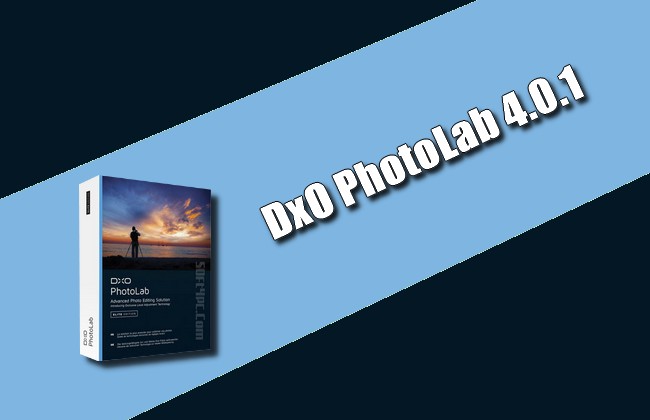

The user interface, speed of the software (especially the Prime noise reduction) are the weaknesses. The quality of the raw conversions, lens corrections (assuming that they have done the camera / lens one is using), ClearView haze reduction and noise reduction are superb.

Richard - I've read the linked review and as a long-time user of DxO products, I would have to say that the assessment in the article matches my own experience with this software.Īs I don't use a DAM tool, I find the DxO approach totally to my liking.

As an example there is no profile available for my Nikkor f/3.5 24mm PC-E lens, so this option does not even show up for images taken with that lens. If that does not exist or has not been installed on your machine, you cannot access this functionality. The only proviso for using this function is that there has to be a camera / lens profile that has been installed on your computer for the camera / lens combination used for the image in question. Using this data, they have designed algorithms that not only take care of some of the curvature and aberrations, but also a way of counteracting some of the softening outside of the more traditional techniques like USM. This allows DxO to understand the "flaws" of each lens, at different focal lengths, focus distances and apertures. What DxO has always done is to test lenses and develop a performance profile of each one. I have upgraded DXO and am quite impressed with "DETAIL > Noise reduction - RAW" (high ISO) function and "DETAIL > Lens Sharpeness." Does anyone know how "Lens sharpness" differs from Unsharp Mask?Unsharp mask is a generic technique that increases microcontrast at boundaries of light and dark areas of the image.


 0 kommentar(er)
0 kommentar(er)
